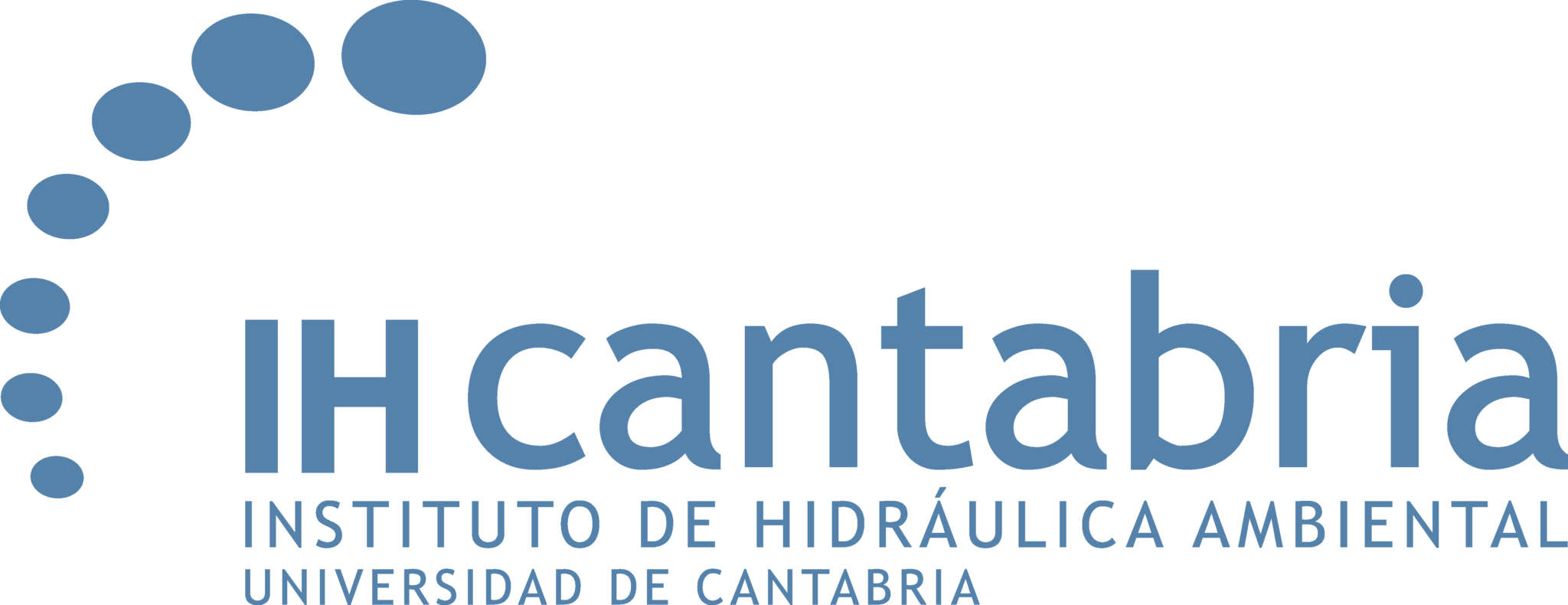IHCantabria participates in an international study that evaluates the uncertainty in climate projections of waves at a global scale
This article provides a valuable contribution to the scientific field and highlights the need for continued research to improve the accuracy of wave climate projections and their application in climate risk management.
A novel perspective on the uncertainty associated with wave modeling in global-scale climate projections of waves is described in a recent scientific paper published in the journal Environmental Research Letters by an outstanding team of researchers from Spain, the Netherlands, Portugal, Singapore, Germany and the United Kingdom, including two researchers from the Institute of Environmental Hydraulics of the University of Cantabria (Instituto de Hidráulica Ambiental de la Universidad de Cantabria (IHCantabria).
The main author of the article, entitled “On the Assessment of the Wave Modeling Uncertainty in Wave Climate Projections“, is Héctor Lobeto Alonso, who is a postdoctoral researcher working in the Marine Climate and Climate Change group of IHCantabria, along with co-author Melisa Menéndez García, who is the head of this research group.
The main objective of the study is to isolate and evaluate the uncertainty associated with the numerical modeling of waves during the development of climate projections of this variable. For this purpose, the relative importance of its main sources in the projected changes in the wave climate is analyzed and their magnitude is quantified. In particular, the research examines the relevance of the use of different propagation models and different numerical parameterizations as major sources of uncertainty in the projected changes in wave height, period and direction.
In terms of methodology, a seven-member set of wave climate projections is used. Each member was developed using different propagation models (WW3, WAM and SWAN) and different numerical parameterizations in each model, which regulate wave generation and dissipation. All simulations share the same simulation domain, the same forcings based on the CMIP6 EC-EARTH3 global climate model, and the SSP5-8.5 future scenario. The study evaluates the relative contribution of uncertainty linked to the wave model and its parameterization, identifying ocean areas and coastal zones where uncertainty in wave modeling is more significant.
The results reveal that the selection of the wave propagation model and the internal parameterization of the model significantly affect the projected changes in waves. However, there is more uncertainty associated with the use of different propagation models than with the internal parameterization of the model. In this sense, more than 60% of the ocean regions analyzed show a greater contribution of inter-model uncertainty than that associated with different configurations of the same model.
In addition, more than 30% of the world’s coastline shows significant uncertainties in at least two of the wave variables analyzed. Among them, the period is the one that presents the greatest uncertainties in the projected changes, especially in the Pacific Ocean, where the uncertainty associated with wave modeling is of greater relevance.
Contribution to knowledge and future applications
This research highlights the importance of the choice of the propagation model and its numerical configuration, emphasizing that these decisions can generate significant differences in the projected changes in the wave climate. This has crucial implications for those processes in which waves play a relevant role (navigation, coastal erosion, etc.).
The results of the study serve as a basis for future research to address the origin of the observed uncertainties. Specific studies on key processes, such as wind to ocean energy transfer and wave energy dissipation, are needed to better understand the contribution of these processes to the uncertainty associated with wave modeling.
The full content of the article can be accessed through the following link: https://iopscience.iop.org/article/10.1088/1748-9326/ad0137



